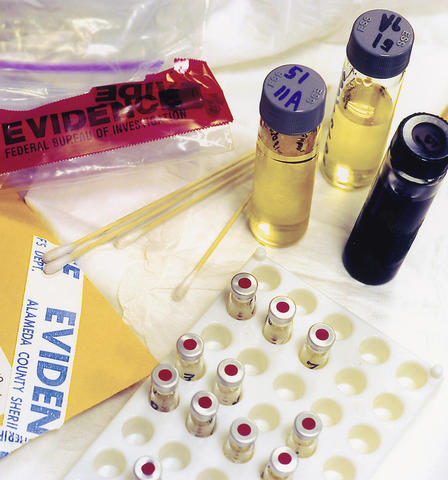
Designing and constructing forensic science laboratories to meet today's more challenging demands is the goal of a new handbook from the National Institute of Standards and Technology (NIST).
A new National Institute of Standards and Technology (NIST) handbook provides law enforcement agencies with a detailed how-to guide on the planning, design, construction and relocation of forensic science laboratories. The document not only outlines the process of creating a new crime lab from start to finish, it also provides guidance on integrating the latest scientific developments, efficiency improvements and sustainability practices.
The new handbook is intended for laboratory directors, architects, designers, builders and others who have an interest in planning and constructing the 21st-century crime lab or renovating an existing lab to meet today's more challenging forensic science demands. The 98-page NIST Interagency/Internal Report (NISTIR) 7941, Forensic Science Laboratories: Handbook for Facilities Planning, Design, Construction, and Relocation, can be found online. Other resources are available on the same website, including a diagram map of the facility planning process, a facility planning checklist and various sample forms and documents.
NISTIR 7941 models itself on the four-phase cycle for creating new laboratory space: planning, design, construction and relocation. One process chapter is devoted to each phase, with each chapter including the following features:
- Project team roles and responsibilities within the particular process;
- Process diagrams and narrative descriptions;
- Tools to support each phase; and
- An actions checklist.
Many sections also include a list of frequently asked questions (FAQs).
In April 1998, the Department of Justice's National Institute of Justice (NIJ) published the first guide for planning and building forensic laboratories as developed by NIST staff. That document has been consistently popular for 15 years, receiving frequent hits on the NIJ website. However, recent developments in forensic science as well as in sustainable building practices have outpaced the original handbook.
NIST convened the Forensic Science Laboratories Facilities Technical Working Group in November 2011 to support the preparation of the new guide. The group included 16 professionals with expertise in laboratory management, planning, architecture and engineering. NIJ provided funding for the project.

